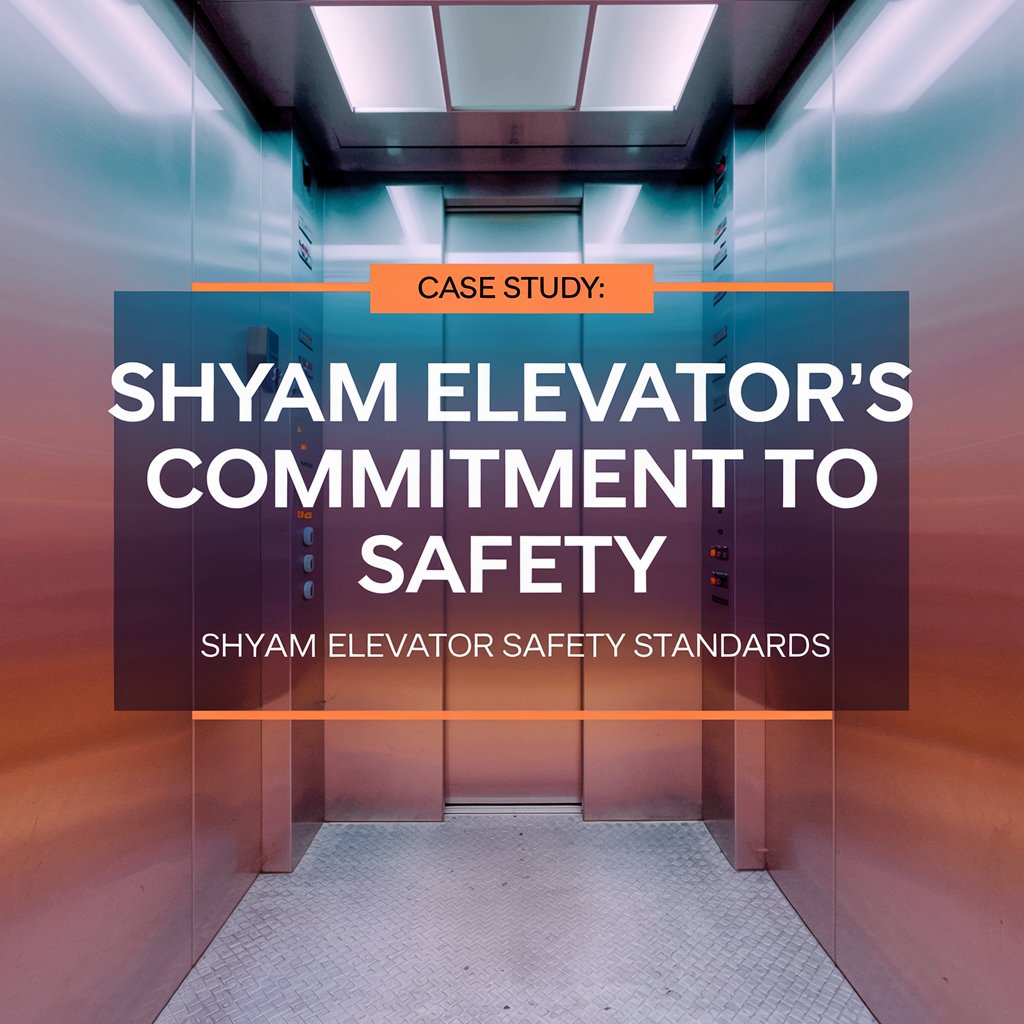
Introduction : Importance of Elevator Safety
Elevators are integral to modern infrastructure, allowing smooth transit between floors in residential and commercial buildings. However, as with any machinery, there are risks involved if elevators are not used properly or maintained regularly. This article will cover essential safety tips to ensure safe elevator rides, focusing on avoiding common risks and the importance of regular maintenance.
Understanding Basic Elevator Operation
How Elevators Work

Elevators function through a system of pulleys and counterweights, typically powered by electric motors. Elevators are equipped with safety brakes to prevent accidents in the case of power failure or cable snapping.
Key Components of an Elevator

Key parts include the car, shaft, control system, motor, and counterweight, all of which must work seamlessly to ensure passenger safety.
Common Elevator Safety Risks
Mechanical Failures

Mechanical malfunctions like faulty doors, misalignment of floors, or snapped cables can pose serious risks. Regular inspections help identify potential mechanical issues before they escalate.
Human Error

Most elevator accidents are due to human error, such as overloading, improper use, or children playing inside the elevator. Ensuring that all passengers follow safety protocols minimizes risks.
Environmental Factors

Seismic activities, electrical surges, or water leakage can compromise elevator safety. Buildings in high-risk zones should ensure that elevators are equipped with safety mechanisms for such scenarios.
Lorem ipsum dolor sit amet, consectetur adipiscing elit. Ut elit tellus, luctus nec ullamcorper mattis, pulvinar dapibus leo.
Proper Use of Elevators
Entering and Exiting Safely

Before stepping in or out of an elevator, wait until it comes to a complete stop and the doors open fully. Ensure no one is blocking the doors, and always stand clear to allow space for others to exit before entering.
Capacity Limits and Weight Distribution

Never exceed the elevator’s capacity limit. Overloading strains the motor and cables, increasing the risk of malfunction. Make sure the weight is evenly distributed inside the car for smooth operation.
Elevator Maintenance and Inspections
Importance of Regular Maintenance

Routine maintenance is critical for ensuring that an elevator remains safe to operate. Service checks help prevent wear and tear from turning into major issues.
What to Look for During an Inspection

An inspection should focus on the brakes, control systems, motor efficiency, door mechanisms, and emergency backup systems. Elevator professionals should carry out periodic assessments to ensure all components are functioning optimally.
Emergency Situations: What to Do
Steps to Take When Trapped in an Elevator

If the elevator stalls, remain calm. Use the emergency button to alert building personnel or call for help. Do not attempt to pry open the doors or climb out.
What to Avoid in an Elevator Emergency

Avoid jumping inside a stuck elevator or forcing the doors open. Such actions can cause further malfunctions and put passengers in danger.
The Importance of Proper Signage in Elevators
Safety Instructions

Clear signage within and around elevators should instruct users on proper use, safety protocols, and emergency procedures. This ensures that everyone is informed about safe practices.
Emergency Contact Information

Every elevator should clearly display emergency contact numbers in case passengers require assistance during an emergency.
Case Study: Shyam Elevator’s Commitment to Safety
Shyam Elevator Safety Standards

Shyam Elevator is committed to providing top-notch safety by employing advanced technology, adhering to regulatory standards, and ensuring regular maintenance checks.
Maintenance Programs and Innovation

With a focus on innovation, Shyam Elevator incorporates predictive maintenance programs that ensure continuous operation and reduce the risk of accidents.
Conclusion : Prioritizing Safety in Every Ride
In conclusion, elevator safety begins with awareness and responsible use. Regular maintenance, adhering to safety protocols, and keeping up with technological advancements are vital in ensuring that every ride is safe. Shyam Elevator is dedicated to ensuring top-tier safety standards, making every elevator ride secure for its passengers.


